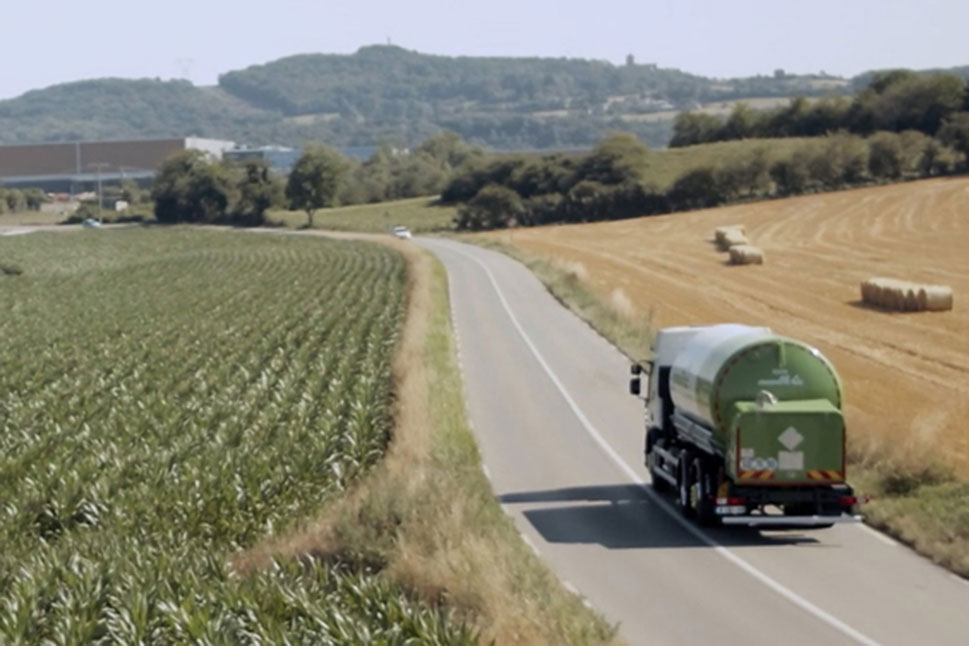Successful Hydrogen Trial to Decarbonize the Production of Bricks
Forterra, a leading UK manufacturer of essential clay and concrete building products, recently worked with Air Products on a successful trial to reduce carbon emissions during its production process by introducing blend-levels of hydrogen to power the company’s brick product kilns.
At its production site in Derbyshire, England, Forterra trialed up to a 20 percent hydrogen blend with 80 percent natural gas as an alternative to pure natural gas in its kilns.
“Cutting our carbon emissions is central to our mission, but we need to make sure we’re not compromising on the quality of the products we’re producing,” said David Manley, Forterra’s Head of Sustainability. “When it comes to considering how to cut our emissions, we looked at several options including electrification and biomass. Both of these will have a supporting role in our long-term strategy, but it became obvious quite quickly that hydrogen is the most effective option for reaching our long-term decarbonization targets.”
Overseeing trials using a 100 percent natural gas kiln as a control variable, Forterra used hydrogen at rates between five and 20 percent, increasing the volume of hydrogen use as the pilot project progressed. Adding hydrogen in a staged manner allowed them to pinpoint to what extent hydrogen could be introduced and used effectively in the production process. At the highest blend of a 20 percent hydrogen mix, there was no impact on the color, consistency or quality of the bricks.
“We’re excited by the trial outcome, and it’s proved to be a real success for the introduction of hydrogen into our company,” said Manley. “As a result we’re now exploring how we can do a similar trial on a slightly smaller kiln but with hydrogen blends of up to 100 percent, as well as how we would fill out our larger kilns in the future.”
Commenting on the success of the trial, Petr Tlamicha, Combustion Segment Manager at Air Products, said “We know how significant the introduction of hydrogen is to the industry. Working together with Forterra means we can continue to demonstrate feasibility, understand need and respond collaboratively to requirements; most importantly, we can continue to drive forward to their goal to reduce carbon emissions.”








